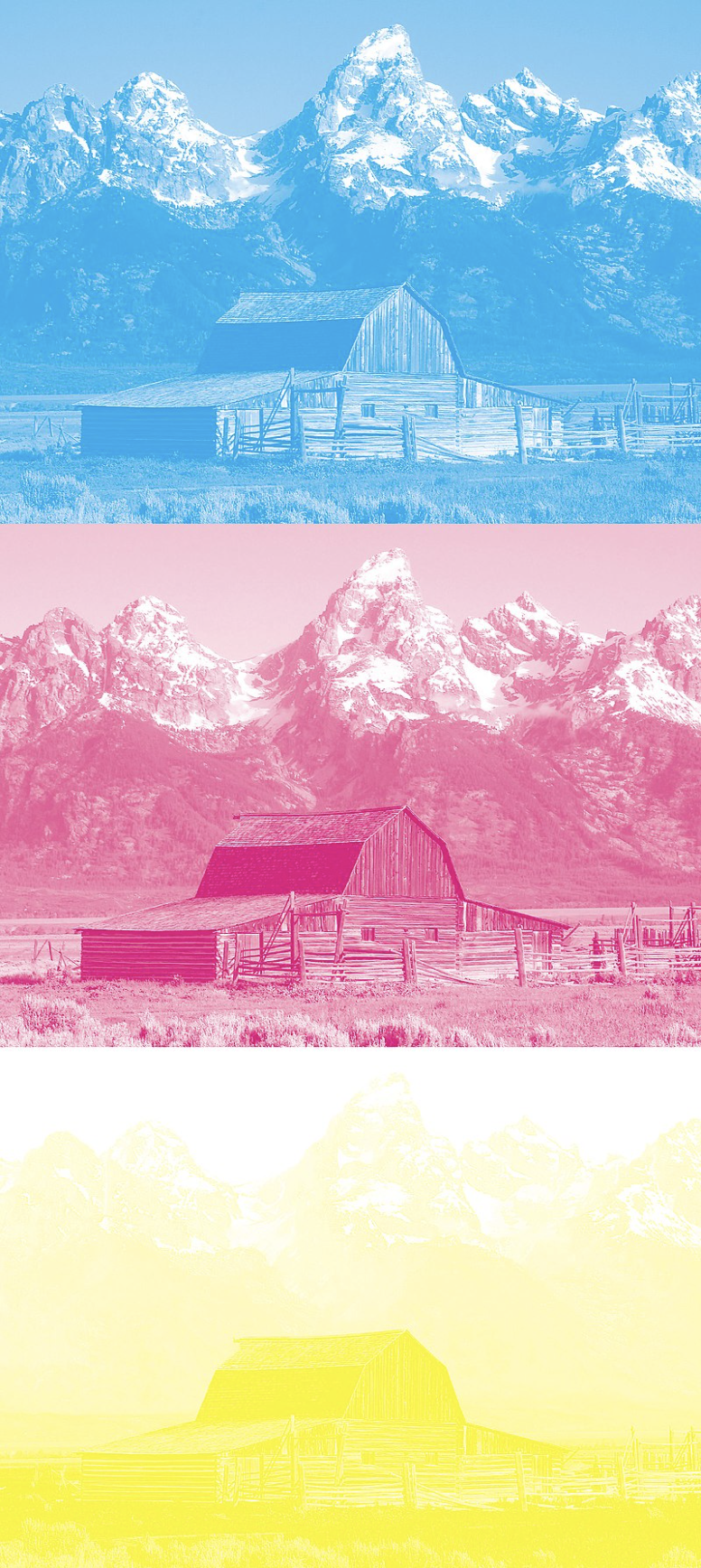Color is an incredibly complex part of video and there are many unique ways of handling it. With the different ways to represent and display color, there's still only two most popular color models out there. They are:
What's a Color Model?
A color model is a mathematical way of describing colors, usually as tuples of numbers with either three or four values per tuple. When a color model is combined with a description of how to interpret the tuples, the combination of these things is called a color space.
Frequently, the terms color model and color space are used interchangeably to talk about how to handle colors, but this isn't correct. Making it a bit more confusing, there are color models and color spaces with the same name, increasing the chances of debate about whether something is a color space or a color model. For example, RGB can be used to talk about a color model or a color space. But they are different concepts. It's best if you can to try to use the complete name for a color space. For example, you might say 'common color spaces based on the RGB color model include Adobe RGB and CIE RGB' or similar. You can see even with this example how easy it would be to shorten to RGB and use that term interchangeably...creating confusion. Its an example of a lossy compression of data in discussion that doesn't work out too well!
Color models are interesting because they can be broken into two categories two different ways.
Color models can be based on physics or human perception
First, a color model can be based generally on physics, or more specifically on the way humans perceive color. A physics based color model might yield more detailed, accurate depictions of color, but models based on human perception tend to allow for more efficient storage and transmission of color data.
Color models can be additive or subtractive
Second, a color model can be additive or subtractive. An additive model means that you add colors together to create other colors. In a subtractive model you remove colors in order to create other colors. For the additive model, you start with a black background and add your color. For the subtractive model you start with a white background and remove your color.
Color models can be based on any colors
Typically color models are built using three colors. You use these colors to mix and create other colors, or extract information and create colors. There are all kinds of models -- no doubt in grade school you learned the RYB color model, a subtractive color model that uses red, yellow, and blue to create colors. While a color model can be created using any three colors, not all color combinations allow you to as easily create as many colors as other combinations.
Popular Color Model #1: CMYK
One of the most well known color models around is CMYK. CMYK stands for Cyan, Magenta, Yellow, and Key. It's not used in video, it's used in print and still images. Color models for print are always subtractive. The way this model works, is by starting with a white background and then masking colors until arriving at the desired color. The ink on the paper reduces the light that would otherwise be reflected as white, instead reflecting the color you choose. For example, white light with red extracted creates cyan. White light with green extracted leaves magenta. And so on, for all colors.
While CMYK is generally not used for video, you'll find it in print, PDFs, graphics and still images of all kinds. So it's important to acquaint yourself with it anyway, because you might need to convert from CMYK to RGB for use in a video.
Popular Color Model #2: RGB
RGB stands for Red, Green, Blue and is one of the most popular color models around. RGB is used for almost all devices that will display video - cell phones, computer screens, TV screens, you name it it's using an RGB color model. The RGB color model is also used for capturing video - most cameras use some variation on the RGB color model. It's an additive color model, meaning you'll obtain white by mixing the maximum value for each color (red, green, and blue) together. RGB is considered one of the best color models, since all visible colors are made up of varying amounts of red, green, and blue.




